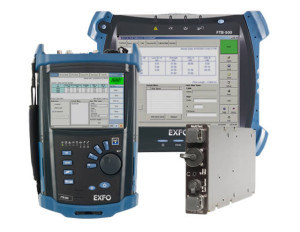GigE testing is comprised with 2 main areas:
1.) Installation and Commissioning
2.) Maintenance e and Troubleshooting
For Installation and Commissioning situations, active tests are employed to test such things as Continuity and Configuration. Most testing requirements include RFC-2544 which tests Throughput, Frame Loss, Back-to-Back Frame/burstability and Latency. For these tests, traffic is generated, up to full line rate to characterize the capability of the network. Once the network’s capability is well documented then you will know the limits of your network and it will help determine SLAs or it can tell us if the problem is on your side of the network or with the Service provider.
For Maintenance and Troubleshooting applications, it is generally undesirable to insert additional test traffic into the network. If a customer is already complaining of a slow network, blasting full line rate traffic into the network will only exacerbate the problem. Instead, in these situations it is best to monitor the network and observe the nature of the traffic on the network to gain important insight into the cause of the original problem. Once the network symptoms have been identified non-intrusively.
The RFC-2544, designed to verify the performance of LAN devices, has been adopted to verify network performance by means of the following parameters:
Approval and Acceptance test, to compare equipment and to verify their correctness
|



